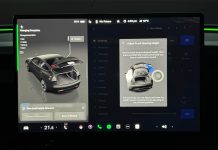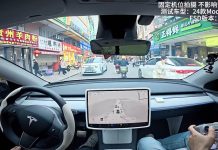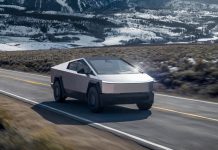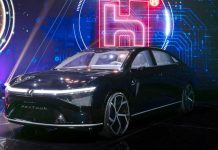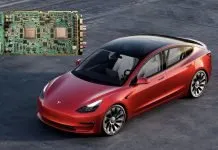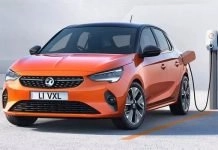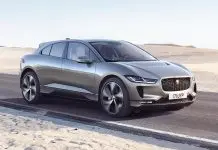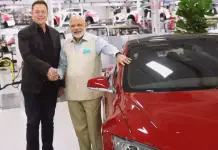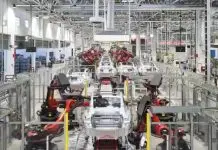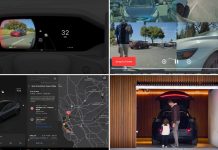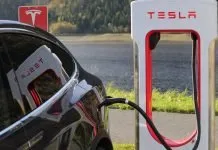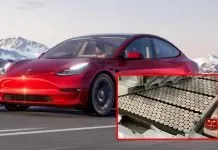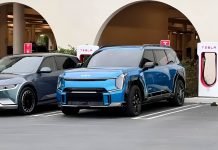In a major change in its manufacturing strategy, Ford has transformed its Canadian electric vehicle (EV) manufacturing plant into a facility for producing gasoline-powered pickup trucks. According to The New York Times, this move is a shift in Ford’s original EV ambitions and reflects the shifting priorities of car consumers, as the industry changes.
Ford was initially supposed to manufacture electric versions of its well-known Ford Explorer and Lincoln Aviator SUVs at its Oakville, Ontario, facilities. But the surge in demand for electric cars did not materialize, and the company has chosen to re-pedestrianize its Super Duty pickups again, which are in greater demand. This move pushes out Ford’s next generation of electric SUVs and marks the larger slowdown in EV adoption.
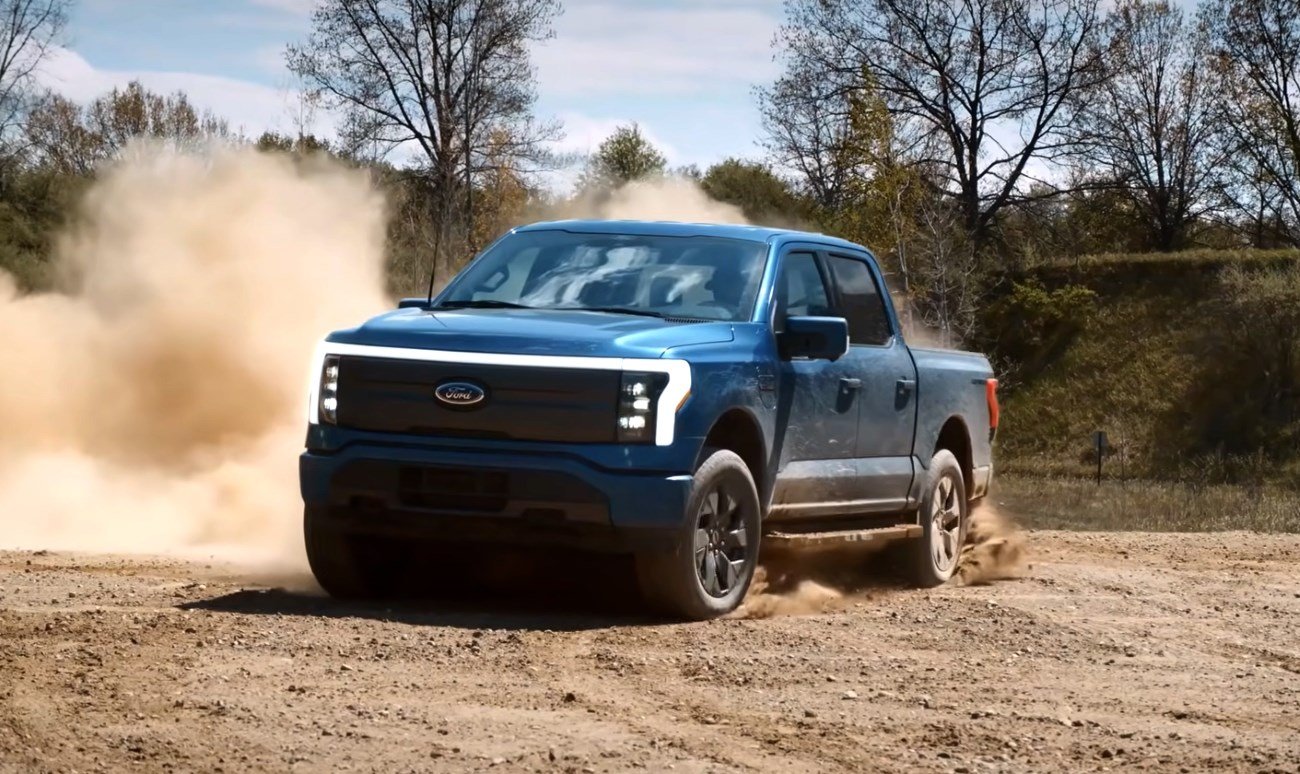
The Reality of EV Demand
Ford’s change in its production strategy is not an exception. Other big automakers, including General Motors, are also scaling back their EV ambitions because of poor consumer demand. GM also said that it will make 200,000 to 250,000 battery-powered vehicles in 2024 — about 50,000 fewer than it had initially planned.
Industry experts point out that this is due to overly optimistic forecasts by executives in the post-pandemic period when there was an EV boom. “After the pandemic, there was a huge exuberance around EVs, and I think a lot of the manufacturers thought that growth was going to continue,” said Arun Kumar, a partner and managing director at consulting firm AlixPartners. “But the reality is that’s not the case, and it’s a smart move to make sure you’re not losing market share in internal combustion.”
GM as well as Ford, had been targeting an annual manufacturing capacity of just one million EVs by the mid-2020s. But market reality has forced them to reset them. GM CEO Mary Barra said last week that the company will miss its previous goals, with a more careful outlook for EVs.
Challenges Facing the EV Market
Tesla, EV leader, also had to adjust expectations. The firm originally estimated that the sales would increase about 50% per annum but the global sales have reduced by 6.6%, causing Tesla to reevaluate the growth path.
One of the biggest hurdles to automobile growth is consumer hesitance, based mostly on worries concerning charging infrastructure. Though government incentives and more stringent emissions regulations have been straining to speed up EV adoption, they have not been enough to keep an enduring growth at the projected speed.
Even in California, the State which is known for aggressively promoting EV adoption, has only accounted for 21.9% of EVs share in the first half of 2024 which is a slight decrease from 22% in 2023. The Los Angeles Times reported that to meet its climate targets, California’s EV sales need to rise to 35% of sales, prompting the need for a 20% annual growth rate, clearly far outpacing current trends.
In truth, the number of EV registrations in the state tanked 1.2 percent in the second quarter of this year, a possible sign of leveling demand.
Ford’s Investment in Gas-Powered Vehicles
Acknowledging the enduring need for gasoline-powered cars, Ford CEO Jim Farley said even with two existing plants producing Super Duty pickups, the U.S. automaker still cannot supply the market fast enough. To answer that, Ford is set to allocate $3 billion to retool the Oakville plant for its gasoline-powered truck production, with the first vehicles anticipated to leave the assembly line in 2026.
This strategic change also maps to Ford’s financial pullback in the EV business. The company stated a near $4.7 billion loss in EV operations for 2023 and expects a greater than $5.5 billion loss by 2024. Last year, Ford said the next crop of the automaker’s EV lineup would roll out only when and if it becomes profitable.
Conclusion
Ford’s decision to abandon continued electric vehicle production at its Canadian plant shows the challenge created by moving from gas-guzzlers to an electric future. Still, car makers are dedicated to EVs, but the current market reality calls for a more sensible response. Customers still prefer gasoline engines, and until considerations like affordability, charging infrastructure, and range anxiety are completely settled down, EV adoption will likely continue at a slower pace than initially expected.

